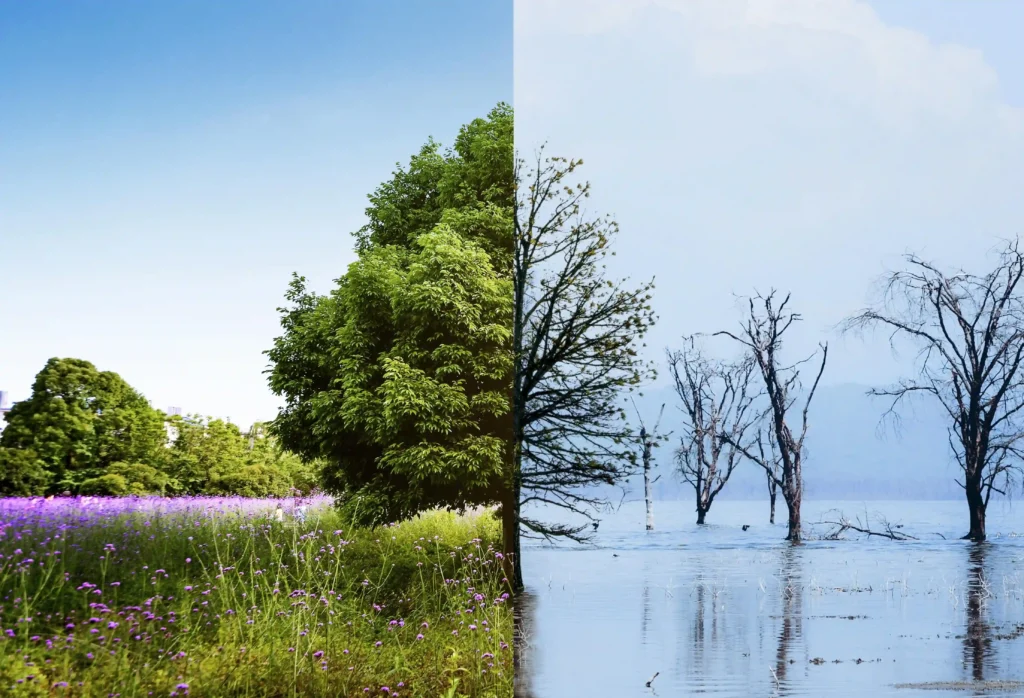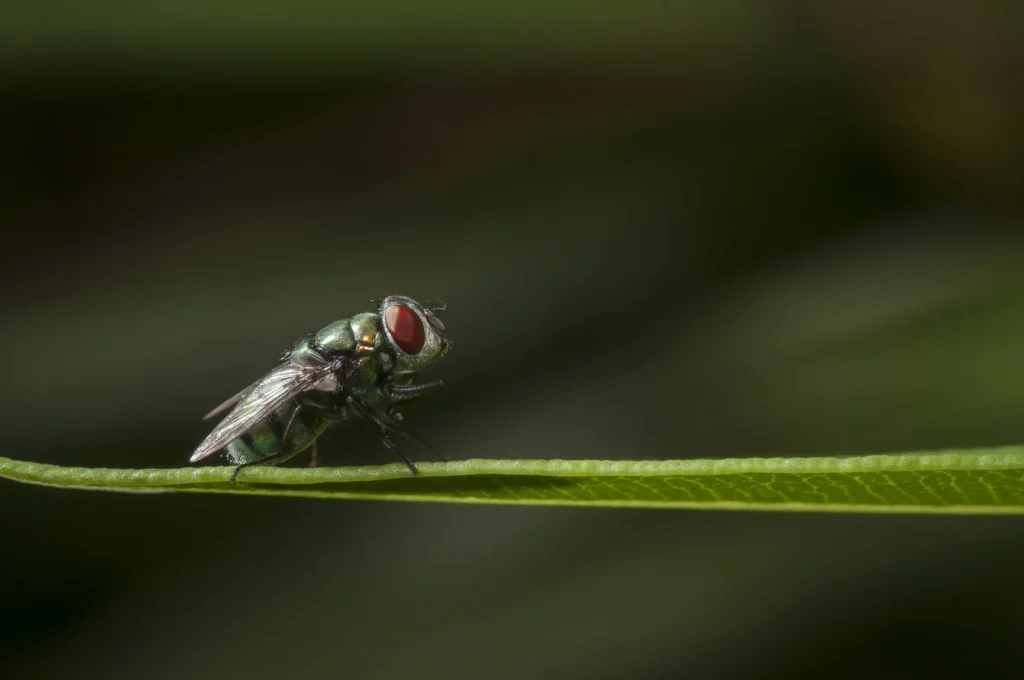Introduction
Climate change is no longer a distant threat; it’s a reality that is reshaping ecosystems and the creatures that inhabit them. One of the less obvious but increasingly alarming consequences of our warming planet is the surge in pest populations. From insects to rodents, these pests are thriving in conditions that are becoming more favorable due to shifts in temperature and weather patterns.
This blog explores the connection between climate change and rising pest numbers, focusing on the impact in the United States, the types of pests most affected, and what can be done to manage these unwelcome invaders.
Understanding Climate Change: A Scientific Overview
Climate change refers to long-term shifts in temperatures and weather patterns, primarily due to human activities such as burning fossil fuels, deforestation, and industrial processes. These activities increase the concentration of greenhouse gases in the atmosphere, trapping heat and causing global temperatures to rise.
According to a report by the Intergovernmental Panel on Climate Change (IPCC), global temperatures have already risen by about 1.2°C above pre-industrial levels, leading to more extreme weather events, changes in precipitation patterns, and shifts in ecosystems.
The rise in global temperatures is altering the environments where pests typically live, often making these areas more hospitable to them. Warmer winters, longer growing seasons, and increased humidity are just a few examples of how climate change is creating ideal conditions for pests to thrive. The consequences are far-reaching, affecting agriculture, human health, and biodiversity.

Reasons for the Increase in Pest Populations in the USA
In the United States, the effects of climate change are evident in the growing number of pests across various regions. Warmer temperatures are allowing pests to survive and reproduce more rapidly, expanding their habitats and extending their active seasons.
For example, milder winters mean fewer pests are killed off by cold temperatures, leading to larger populations in the spring and summer. Additionally, increased rainfall and humidity provide ideal breeding conditions for many pests, particularly insects like mosquitoes and ticks.
Another factor contributing to the rise in pest populations is the disruption of natural predator-prey relationships. As climate change alters ecosystems, some predators may decline in number or migrate to other areas, leaving pests with fewer natural enemies. This imbalance further contributes to the unchecked growth of pest populations.

Climate-Specific Pests: Who Thrives Where?
Different pests thrive in different climates, and climate change is shifting the boundaries of these habitats. In the southeastern United States, for instance, higher temperatures and humidity have led to an increase in mosquitoes and other insects that thrive in warm, wet conditions.
These pests are not only a nuisance but also pose serious health risks, such as spreading diseases like West Nile virus and Zika.
In contrast, the western United States is seeing a rise in pests like bark beetles, which are devastating forests as warmer temperatures allow them to reproduce more quickly and survive in higher numbers.
Meanwhile, in the Midwest, farmers are battling an increase in crop-destroying pests like the corn earworm, which is benefiting from longer growing seasons and milder winters.
Key Pests and Their Effects
Some of the main pests that have become more problematic due to climate change include:
- Mosquitoes: Increased temperatures and humidity levels are extending the mosquito breeding season, leading to more bites and a higher risk of disease transmission.
- Ticks: Warmer winters are allowing ticks to survive in greater numbers, resulting in a rise in tick-borne illnesses like Lyme disease.
- Bark Beetles: These pests are destroying millions of acres of forest across the western United States, weakening trees and increasing the risk of wildfires.
- Corn Earworms: With longer growing seasons, these pests are causing significant damage to crops, particularly in the Midwest, threatening food security and agricultural livelihoods.
How to Manage Pest Populations: DIY and Professional Methods
As pest populations continue to rise, managing these infestations becomes increasingly important. There are several methods available to help reduce pest numbers and minimize their impact:

DIY Methods:
Homeowners can take steps to prevent and manage pest infestations by sealing cracks and gaps in buildings, using natural repellents, and maintaining clean and dry environments. For example, removing standing water can help reduce mosquito breeding grounds, while proper food storage can deter rodents.

Professional Pest Control
In cases of severe infestations, professional pest control services may be necessary. These experts use a combination of techniques, including chemical treatments, traps, and biological controls, to effectively manage and reduce pest populations. Integrated Pest Management (IPM) is a common approach that combines multiple strategies to minimize the use of harmful chemicals while still achieving effective pest control.
Conclusion
The link between climate change and the rise in pest populations is clear and concerning. As temperatures continue to rise, so too will the challenges posed by these pests. By understanding the connection between climate change and pest behavior, we can take proactive steps to manage and mitigate the impact of these unwelcome invaders. Whether through DIY methods or professional pest control, it is essential to address this growing problem to protect our homes, health, and environment


